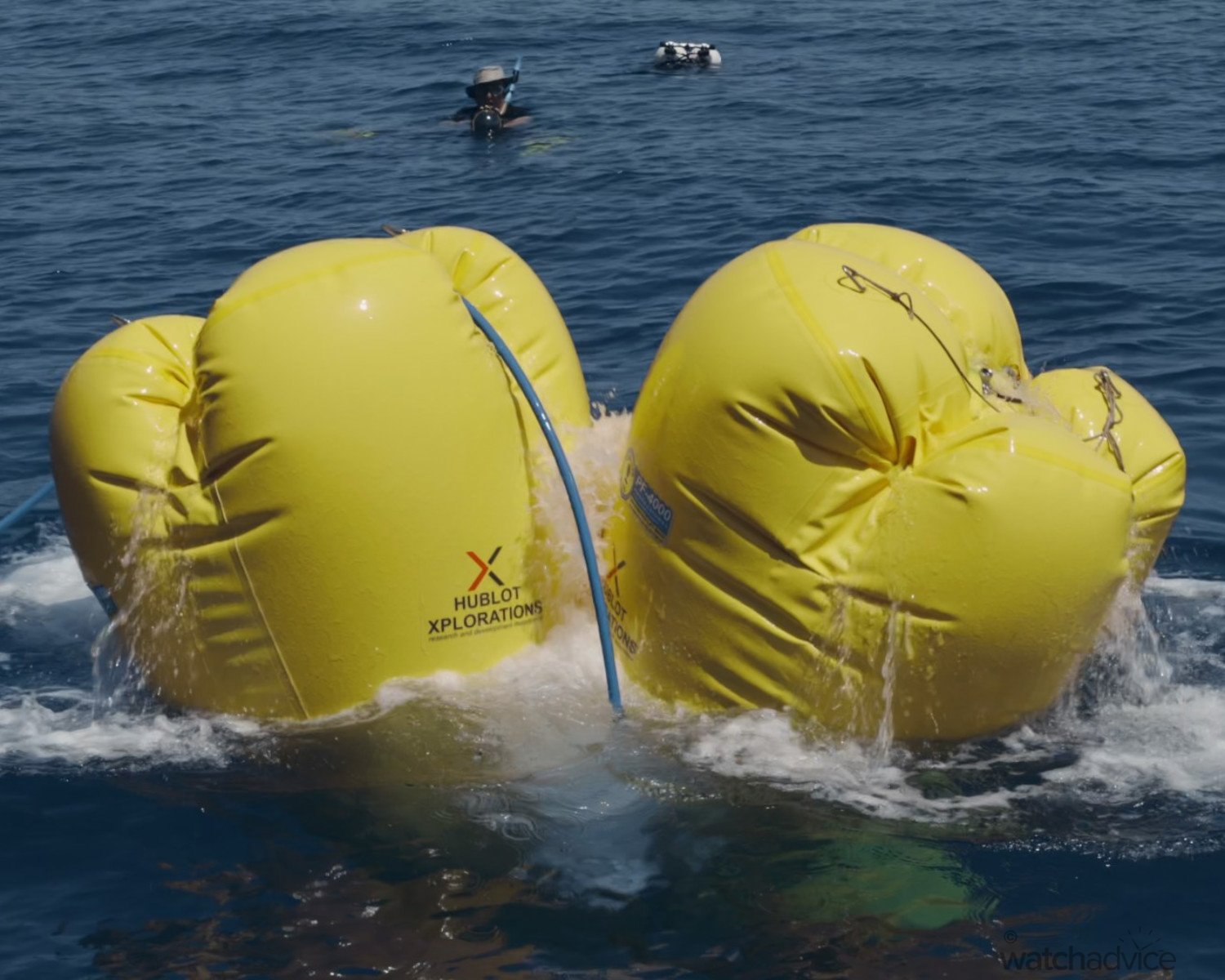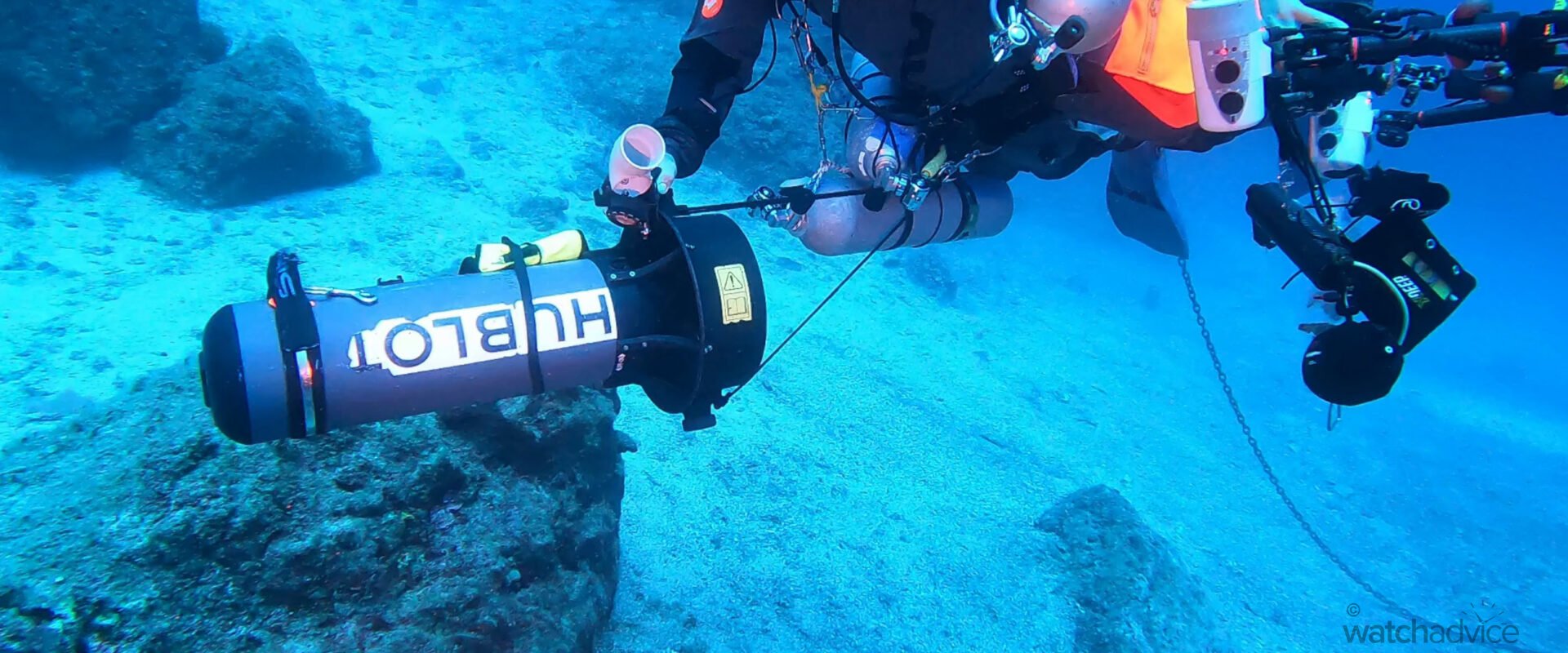An ancient astronomical calculator, a shipwreck, and a watchmaker helping to preserve the past.
Time is fleeting, and as you get older, this saying seems to be more truer with each day that passes. If you have kids, you’ll know what I mean here. This is something that you are also reminded of when you see archeological discoveries. Little time capsules that have been buried, or lost and found again, sometimes well-preserved memories of the past and the constant reminder of the passage of time that has existed for humans for thousands of years. It’s even more relevant when that discovery is of a timekeeping device, like that found on a shipwreck off the coast of the Greek Island of Antikythera.
Known as the Antikythera Mechanism, it was discovered in 1901, and was on a Roman-era shipwreck dating back to the second quarter of the first century BC. The mechanism itself pre-dated this by over two centuries, around 200 BC, and at first, scientists really had no idea what it was or what it did. Imagine an amalgam of rock and oxidised bronze, so complex that it took fifty years for renowned physicist Derek de Sola Price to discover what it is. It turned out to be one of the oldest recorded devices that measured time, or in this case, it was used to predict the positions of the Sun and Moon, and therefore the exact dates of solar and lunar eclipses.
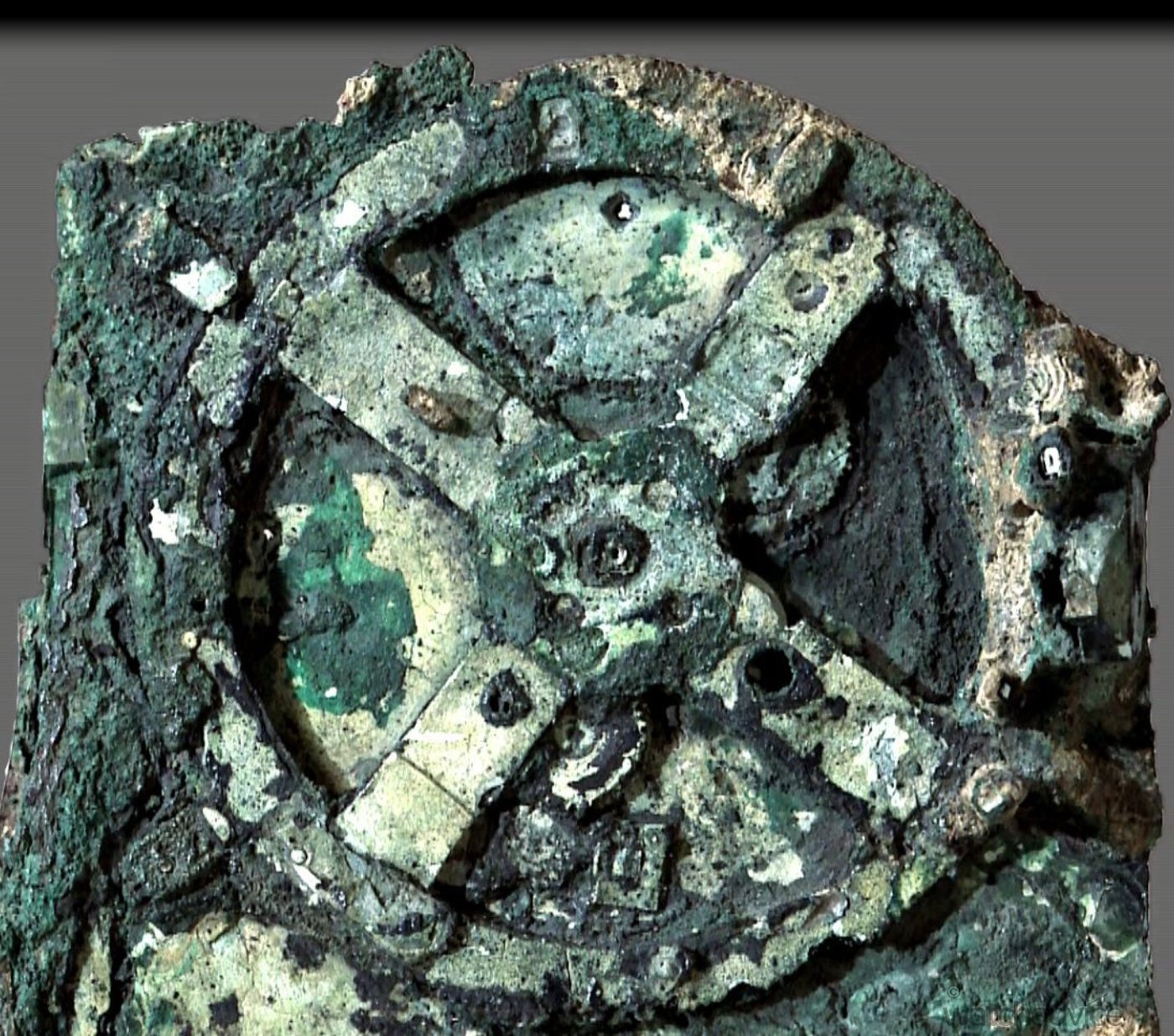
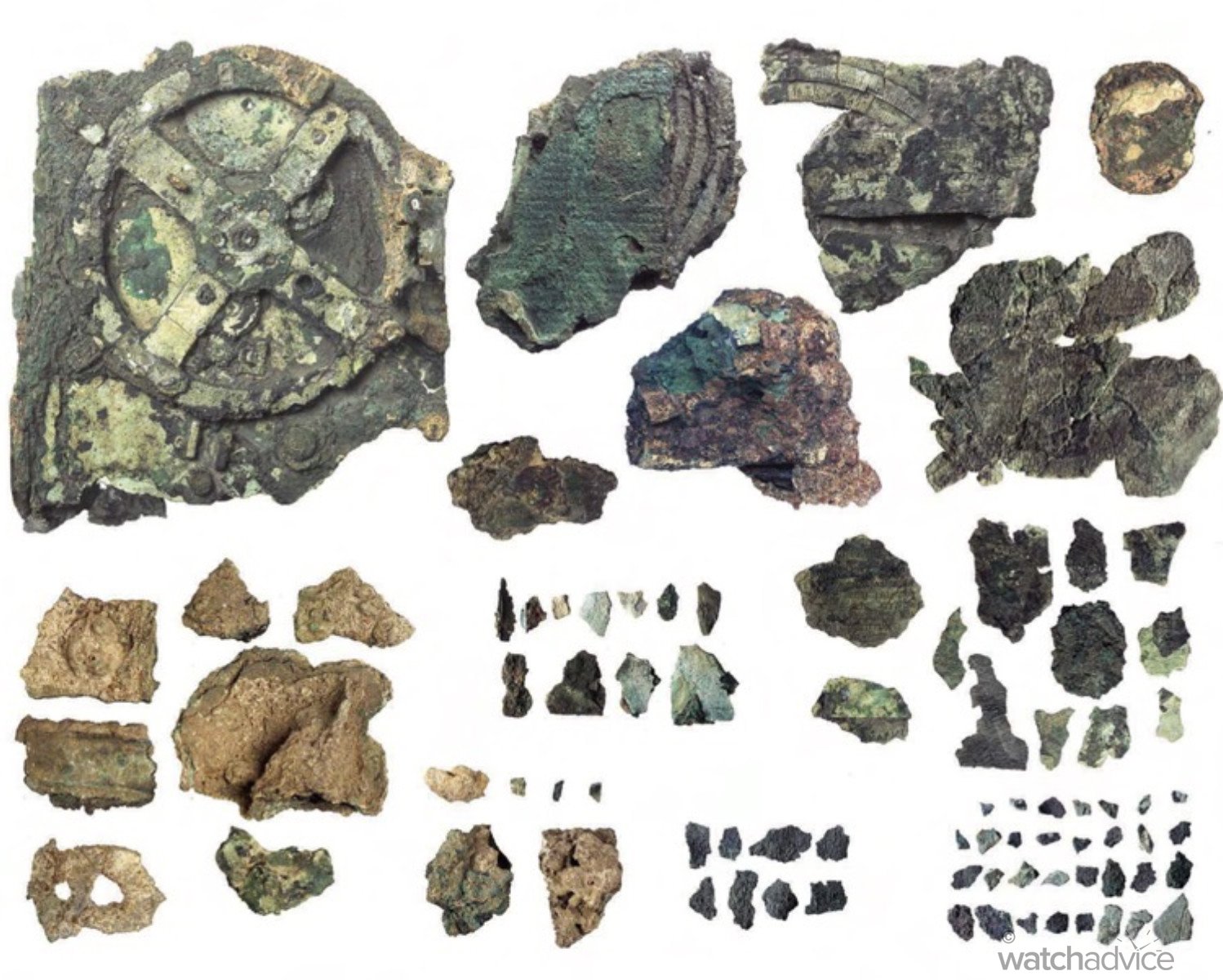
Not a lot of people know about Hublot’s Xploration division. Specifically set up as a technological and innovation arm, adjunct to their R&D department of the Swiss brand, Hublot Xplorations creates devices and equipment designed to aid in exploration and scientific endeavours, and in this specific instance, working with the teams of people who are uncovering the mysteries of the Antikythera wreck, which Hublot Xplorations has been involved in since 2008 when science publication Sciences & Vie wrote an article on the Antikythera Mechanism. This is all part of Hublot’s effort to contribute to the preservation of cultural heritage and to promote the advancement of scientific knowledge – something close to the brand’s heart given their penchant for delving into both material sciences and pushing the limits in their high end movements.
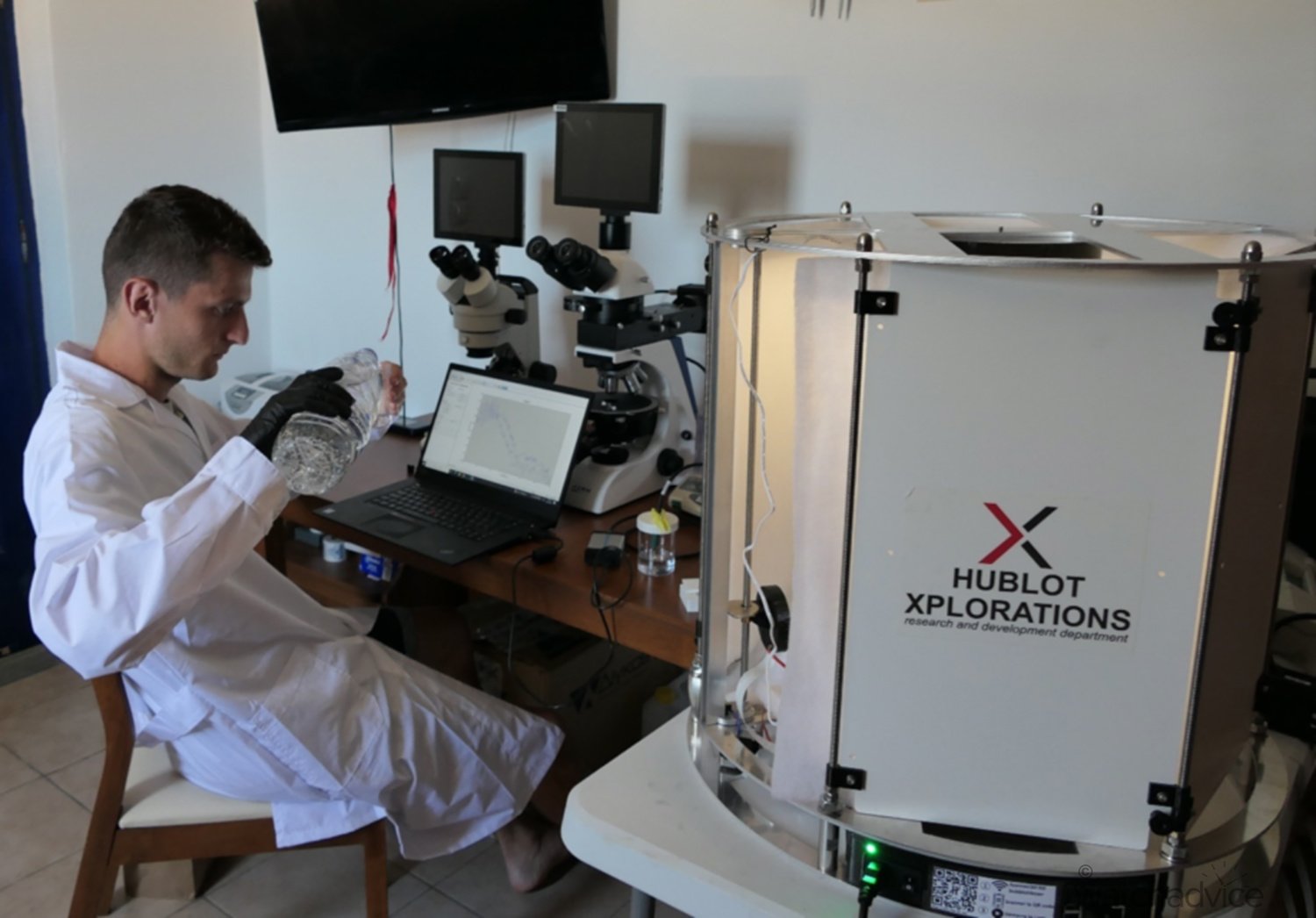
To date, Hublot Xplorations along with the Swiss-Greek scientific team has uncovered around 300 objects or groups of objects, including 21 fragments of marble, including 18 statues, numerous components of the ship’s structure and over 200 ceramic shards. And just this year, in May 2024, a substantial part of the ship’s hull, sought after for 123 years, and revealed for the first time thanks to the rigorous scientific methods used by the teams led by Dr Angeliki G. Simosi and Professor Lorenz Baumer of the University of Geneva.
To assist in the recovery efforts, Hublot has designed and implemented several initiatives and technologies to to help bring the past to the surface. These includes:
- Cartography and GIS: Use of databases and GIS systems to plan and document excavations.
- Underwater drones: In collaboration with the Hellenic Coast Guard, our drones have created detailed 3D models of the excavation sites, making it easier to coordinate diving operations.
- 3D scanners: Development of a special scanner by our R&D department to catalogue recovered objects.
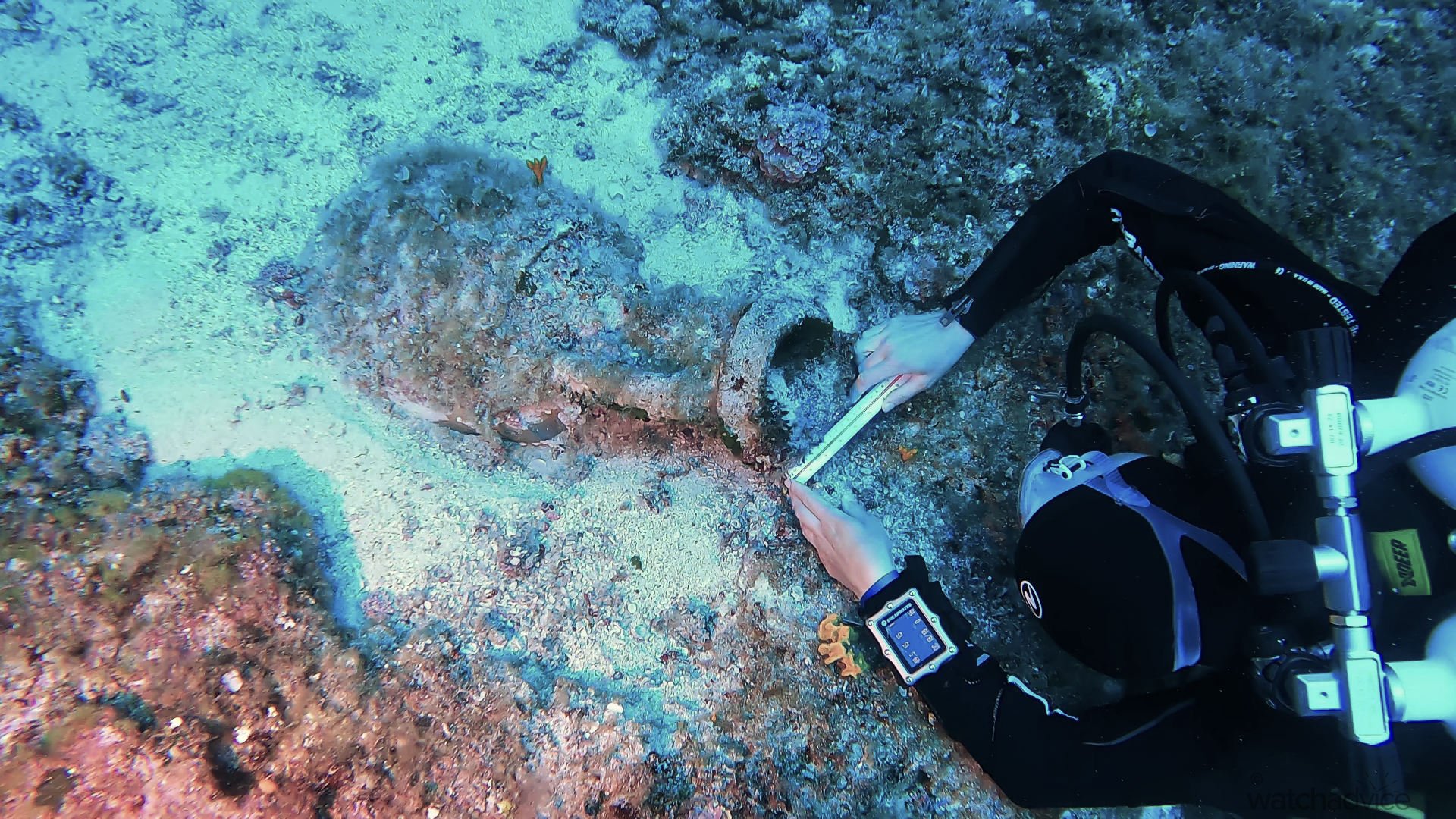
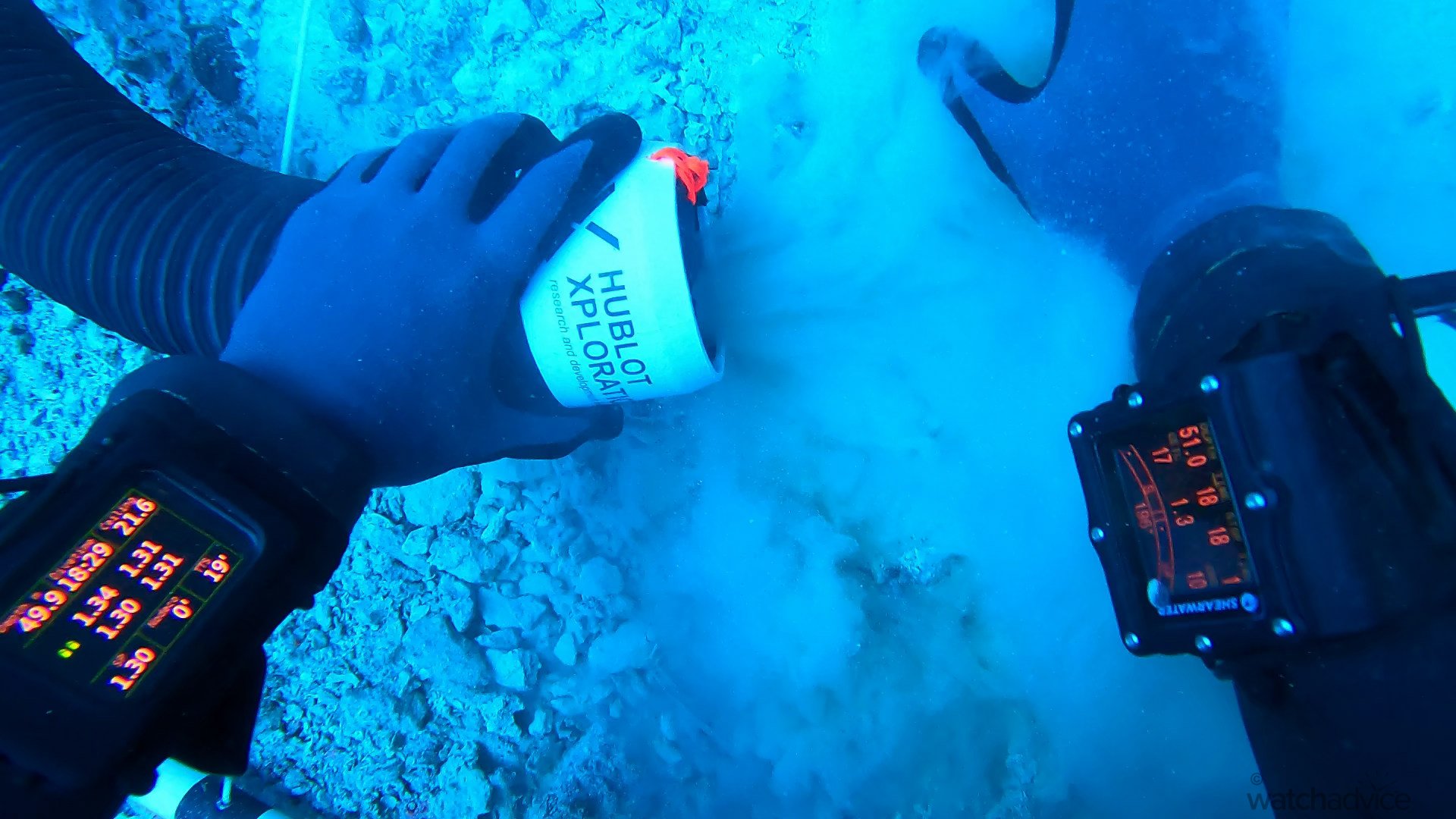
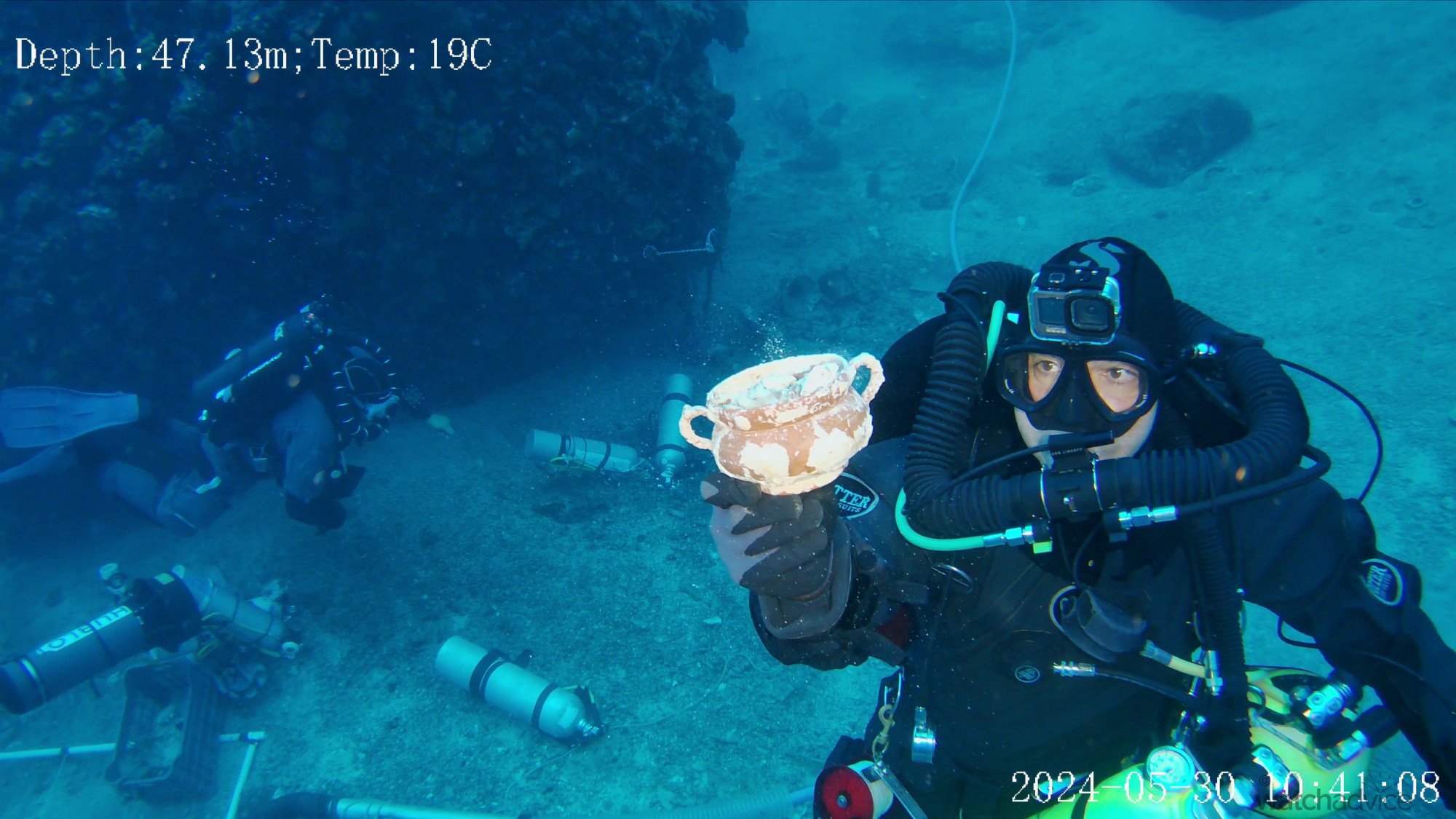
In addition to helping drive the research efforts, Hublot has also created four watches which will be exhibited in the world’s most prestigious museums, all taking inspiration and learnigns from the Antikythera Mechanism, making Hublot the guardian of the oldest known watch mechanism.
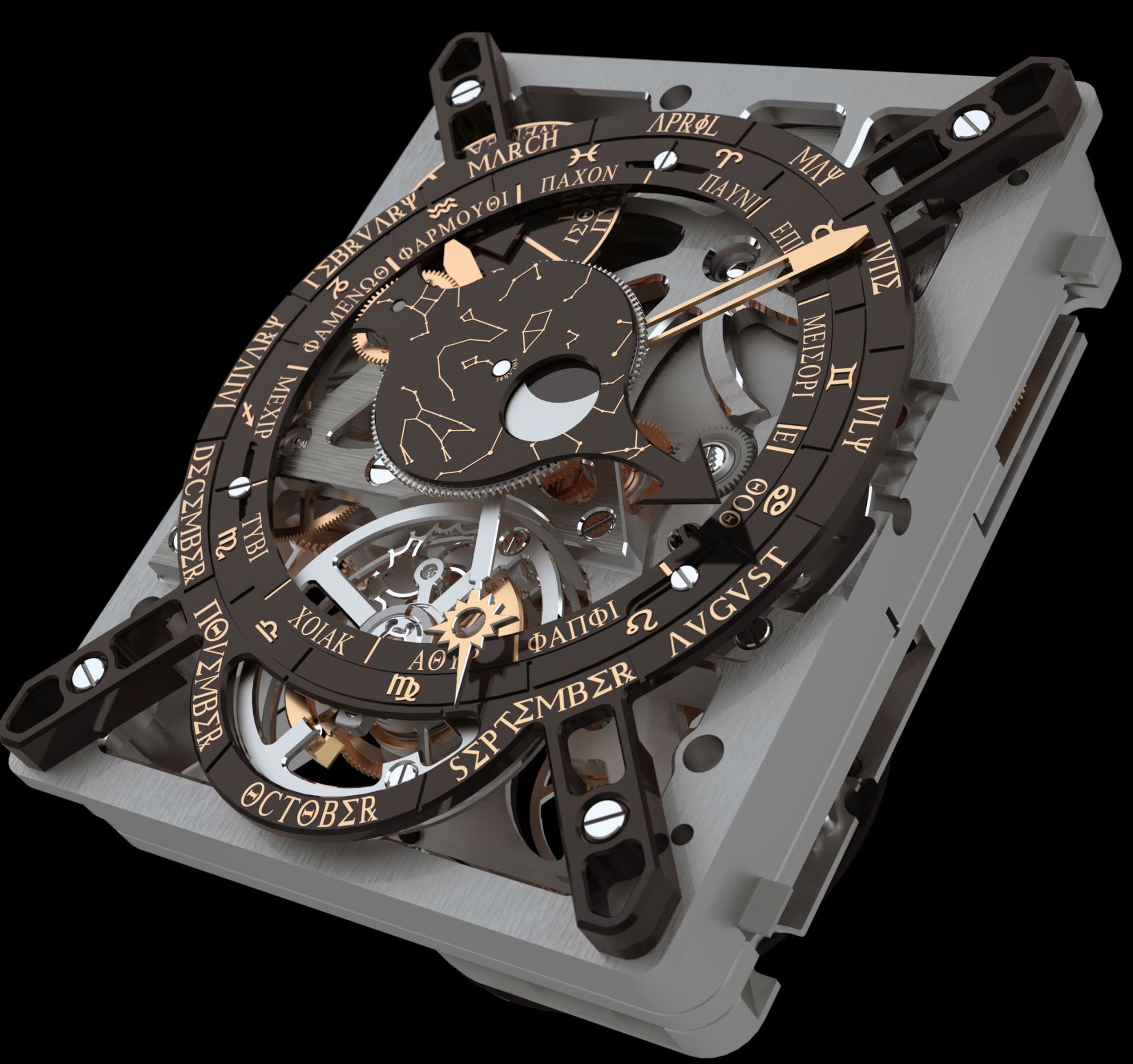
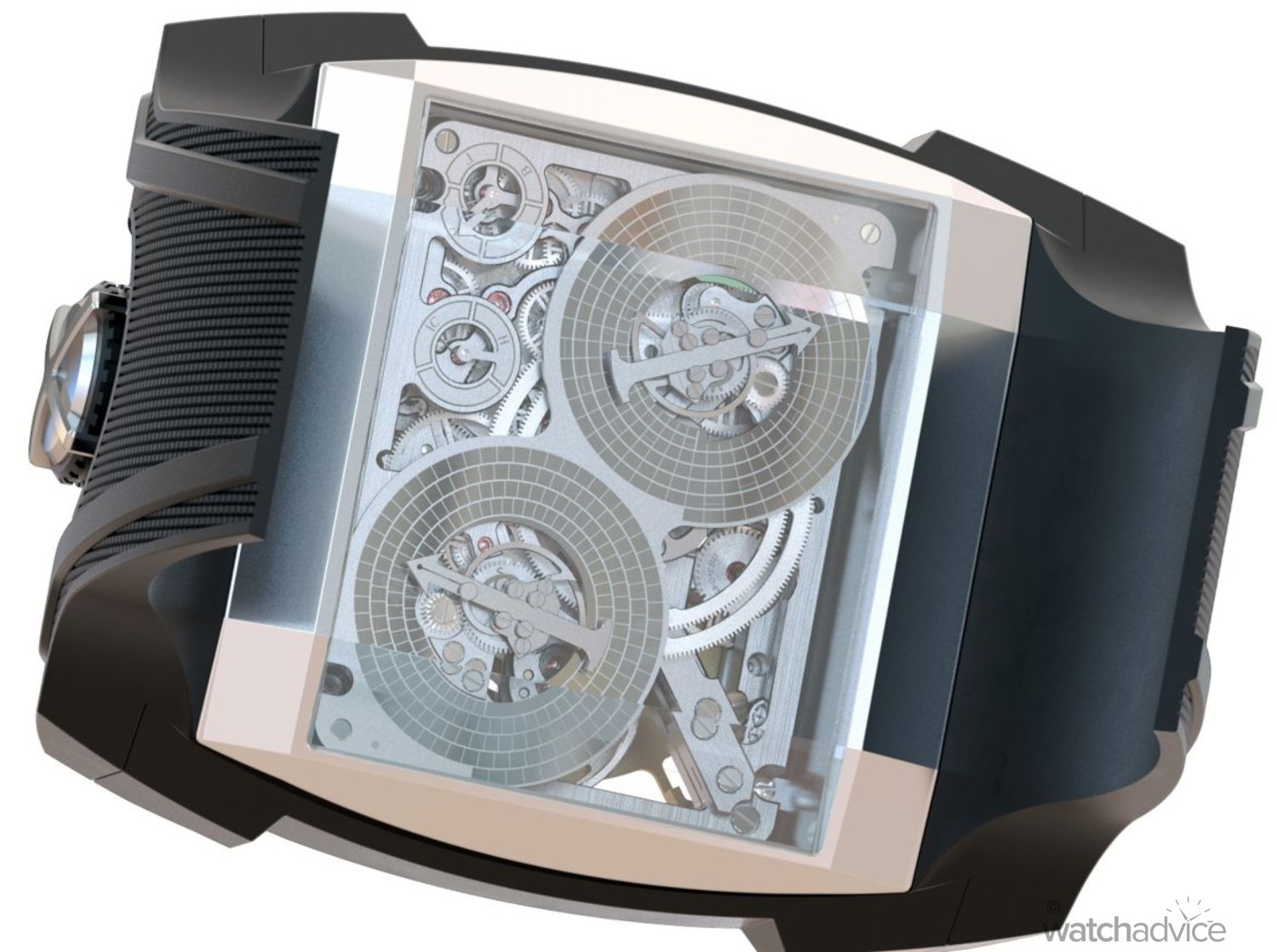
As much as we all love watches, it is also great to see brands lend their technical expertise (and money) to initiatives like this, endavours that halp conserve the past, drive forward the future or protect out planet, people and culture. The more this happens, the more we all benefit and on a personal level as someone who is fascinated by ancient history, will be following the journey of the Antikythera wreck’s uncovery.
